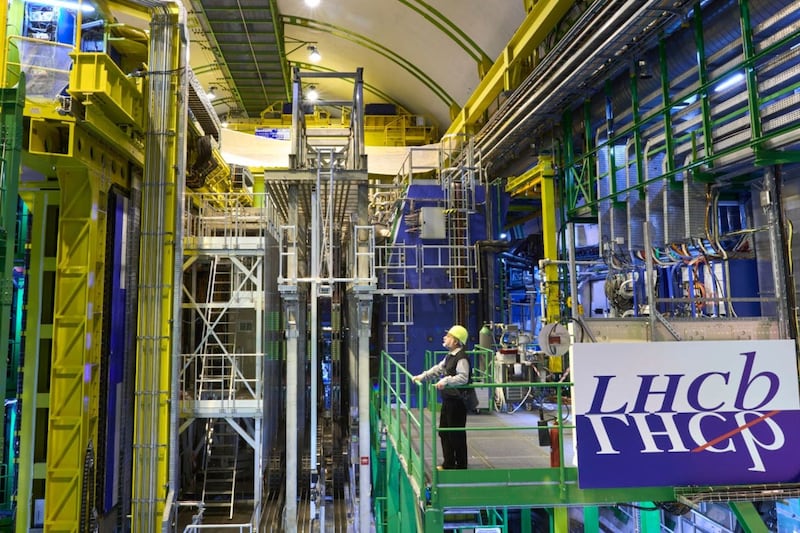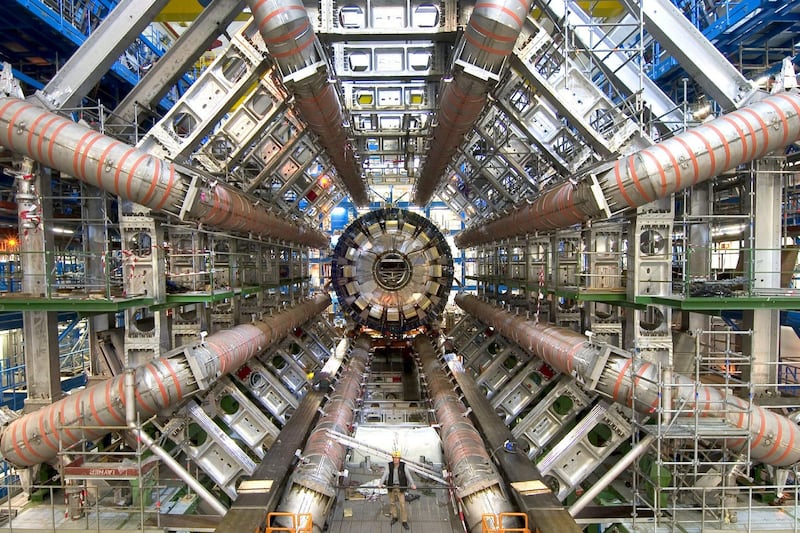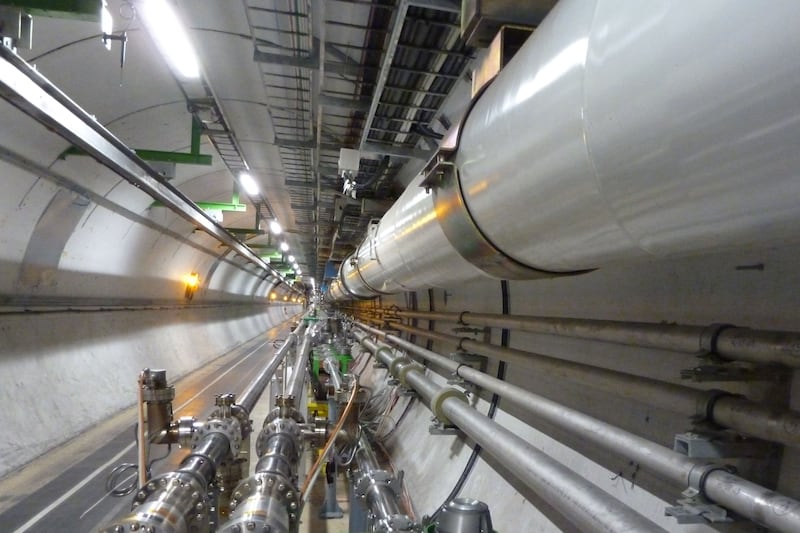Scientists working at the world’s biggest atom-smasher say they have discovered a new kind of particle called “pentaquarks”.
The existence of pentaquarks was first proposed in the 1960s by American physicists Murray Gell-Mann and Georg Zweig.
The European Organisation for Nuclear Research, or Cern, said the discovery was made by a team working on one of the four experiments at the Large Hadron Collider (LHC) beneath the Swiss-French border.
Guy Wilkinson, a spokesman for the LHC team, said studying pentaquarks may help scientists gain a better understanding of “how ordinary matter, the protons and neutrons from which we’re all made, is constituted”.
“This seems to be a very significant observation,” said Anton Andronic, a physicist based at the Helmholtz Centre for Heavy Ion Research in Darmstadt, Germany, who was not involved in the experiment.
“But like any discovery it will have to be confirmed by an independent measurement.”
Previous claims to the detection of pentaquarks have been refuted.
The discovery, if verified, would be the second major find at the Large Hadron Collider, which is used by physicists from around the world.
Cern likened previous attempts to prove the existence of pentaquarks to looking for silhouettes in the dark, “whereas LHCb conducted the search with the lights on, and from all angles”.






